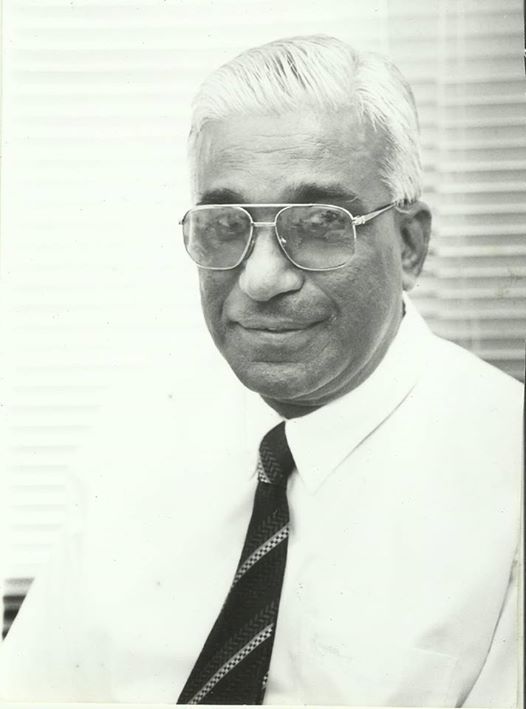
Senior journalist Jayantha Chandrasiri’s newest film Gharasarpa shown at the Tharanga theatre of the National Film Corporation on Friday last drew many admirers and the house was full with viewers sitting on the steps inside the hall. As an invitee I sat in one of the front rows amidst distinguished and many VIP. Although the screening started a little later than the scheduled time, it was worth waiting for more than an hour. The full-packed audience patiently watched the film till the end in pin drop silence. One reason why all the spectators waited till the end was perhaps they also wanted to eat their dinner that was ready to be served after the show. The other reason is of course the interesting images that were moving in close-ups in the wide screen that made the audience curious to know what’s next to be shown.
It was curious for me because I had never seen on the screen the Kalu Kumariya antics and the presence of Catholic priest and the venerable attention by the pious villagers, the choir rendition and people at praying and the religious rites performing. And the excellence of the cinematographer with meaningful shots that exhibited the nuances of the body language and the characters facial expression.
Apart from the obvious features in a good film (and the audience consisted knowledgeable and finetuned and mature cinegoers in understanding of what true cinema would be in its presentation), the subtitle in English helped non – Sinhala people t follow the story with ease.
But what is the story? Most of us are conditioned to expect a watered-down story line in a film to judge whether it is a good film or not. The Scene near the end – lasting about 8 to 10 minutes- when the married lady doctor and the married professor meet after so many years is a memorable sequence I liked best was because it was handled by the director and the cinematographer very well without any dramatization. It is a natural performance with hesitation but with concrete assertion by the female character and the shock and uneasiness on the part of the male character were acted well. The respective players were Sangeetha Weerarathna and Kamal Addaraarachi.
I was happy to see Kamal after a long spell and he proved here beautifully, as a jovial, married Professor but with seriousness and with a purpose in uttering his thoughts and maintaining a cool demeanor.
Sangeeetha acted with dexterity as a professional doctor cool but showing her hidden excitement without over acting. She looked beautiful. Thanks to the makeup and hairstylist Indika Udara Lanka.
Sriyantha Mendis looked different from his normal appearance and played his role as the catholic priest.
Jackson Anthony was unbelievably a real snake as Kalu Kumara. The Thamil parents were not convincing as they reacted differently not befitting the situation. I liked the playing of Ameesha Kavindi as the Professor’s possessed wife. Kavindya Adhikari and Dewanka Porege showed some promise as the teenagers who were to become professionals later. The girl screen role was Vidya and the boy’s name was Sandares.
Director of photography was Prabath Roshan, Editing and Mixing was undertaken by Dilan Gunawardhana . Art direction was y Piyatissa Akuramboda, music by Chintaka Jayakody.
There were more that contributed to the film produced by Arjuna Kamalanath.
This is an International Film Festival entry of Jayantha Chandrasiri for his story, dialogue, and direction primarily because it would be a novel film for its exotic nature.
Alas! I said earlier, I will come to the story later. But in second thoughts I will not comment on that and recommend readers to see the film and decipher.
sivakumaranks121@gmail.com
